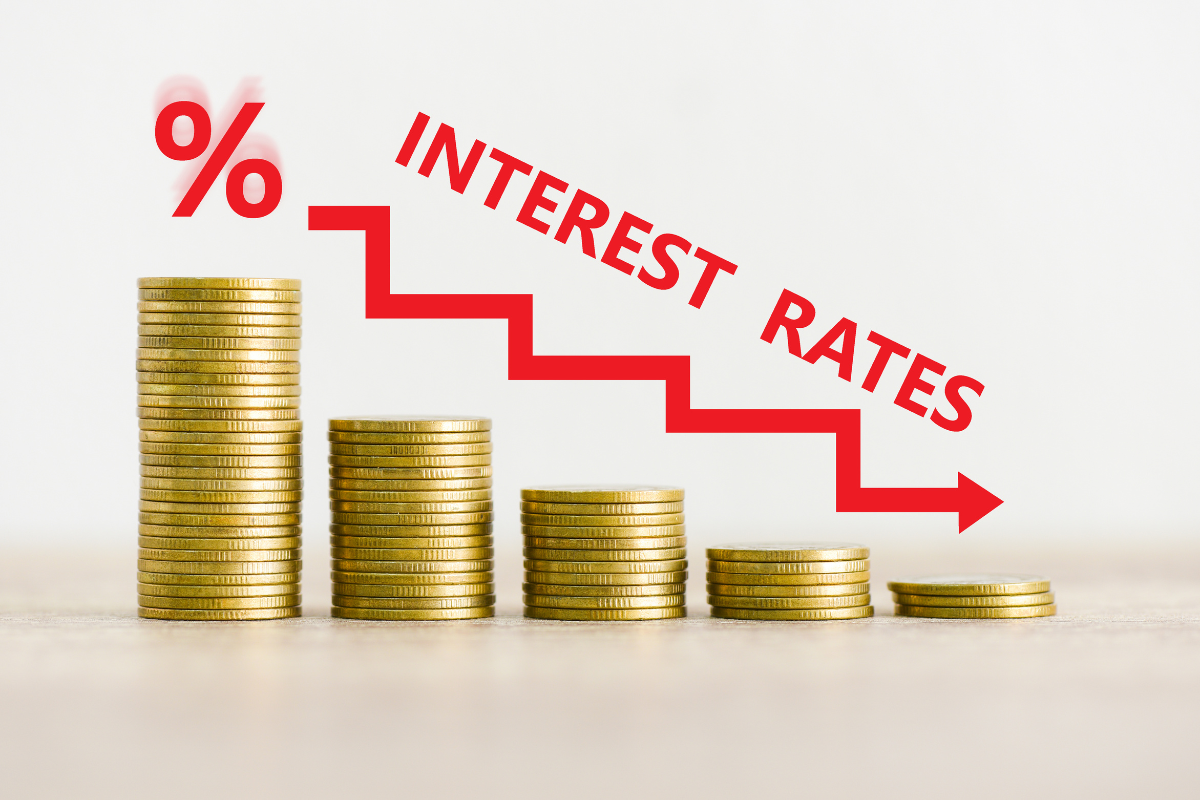
When you’re shopping around for a personal loan in Singapore, chances are the first thing you’ll notice is the attractive headline interest rate. “From 3.5% per annum!” or “Flat rate as low as 4%!” These figures often look appealing at first glance, but here’s the catch: what you see is not always what you actually pay.
This is where the Effective Interest Rate (EIR) comes in—a number that tells the true story of how much your loan is costing you. Unlike the flat or advertised rate, which only shows part of the picture, the EIR includes additional factors such as fees and the way repayments are structured.
If you’ve ever wondered why your monthly instalments don’t quite match up with the “simple” rate you thought you signed up for, this article will help clear the fog. Let’s break down what EIR really is, why it matters for borrowers in Singapore, and how you can use it to make smarter loan choices.
What Exactly Is Effective Interest Rate (EIR)?
In plain terms, the EIR shows the actual cost of borrowing once you factor in fees and repayment structure. It’s expressed as a percentage per year, just like the flat interest rate, but it gives a far more accurate reflection of what you’ll end up paying over the life of the loan.
The key difference is that the advertised flat interest rate assumes a simple calculation:
- Interest = Loan Amount × Flat Rate × Loan Tenure
But this ignores important realities:
- You don’t have access to the full loan amount throughout the entire tenure because you’re repaying it monthly.
- Banks or moneylenders may charge processing fees that effectively increase your cost.
- The repayment schedule (monthly instalments) reduces your outstanding balance over time.
The EIR takes all of these into account. In essence, if the flat interest rate is the glossy marketing number, the EIR is the no-nonsense, fine-print reality.
Why Does EIR Matter in Singapore?
With dozens of banks and licensed moneylenders competing for your attention, personal loan promotions in Singapore can be confusing. Two lenders might advertise the same flat interest rate of, say, 3.5% per annum. But once you look at the EIR, you could find one loan’s actual cost is closer to 7%, while another sits at 6%.
This difference matters because:
- It reflects the real cost of borrowing – The EIR includes fees and repayment effects, making it the only figure you should use for true comparisons.
- It’s mandated by regulators – In Singapore, lenders are required to display the EIR alongside the flat rate, precisely so borrowers can make informed decisions.
- It prevents misleading marketing – A low flat rate might look tempting, but without the EIR, you could easily underestimate your repayment obligations.
In short, the EIR is your best friend when comparing loans.
How Is EIR Calculated? (Without the Jargon)
The actual formula for calculating EIR involves complex mathematics with present value and annuities. But you don’t need to be a finance whiz to understand the basics. Let’s use a simple example relevant to Singapore:
Example:
You take a $10,000 personal loan at a flat interest rate of 4% per annum for 3 years. The bank also charges a processing fee of 2% ($200).
- Flat interest calculation:
- Interest = $10,000 × 4% × 3 years = $1,200
- Total repayment = $10,000 + $1,200 = $11,200
- Monthly instalments:
- You repay $11,200 ÷ 36 months ≈ $311.
- Adjusting for fees:
- You only receive $9,800 (because of the $200 processing fee).
So, you borrowed $9,800 in reality but are paying back $11,200. Once you run this through the proper calculation, the EIR works out to around 7.2% per annum, much higher than the advertised 4%.
This example shows why the EIR is so important—it reveals that the “cheap” loan is actually nearly twice as costly as it appears.
Factors That Affect EIR in Singapore
The EIR can vary significantly depending on several factors:
- Processing and admin fees
Even a seemingly small processing fee (1%–3%) can push the EIR up considerably. In Singapore, banks and licensed moneylenders usually deduct this upfront. - Loan tenure
Longer tenures mean you’re paying interest over more years. While this lowers monthly instalments, the EIR may increase because of the extended repayment schedule. - Repayment structure
Personal loans are typically repaid in fixed monthly instalments. Since you’re gradually repaying the principal, the effective cost per year is higher than the flat rate suggests. - Loan amount
Smaller loans tend to have higher EIRs because fixed fees take up a larger proportion of the borrowed amount.
How Banks vs Licensed Moneylenders in Singapore Display EIR
- Banks:
MAS (Monetary Authority of Singapore) regulations require banks to disclose both the flat rate and the EIR clearly in loan documents and marketing. Banks often highlight the flat rate in big, bold print, while the EIR is listed in the fine print. - Licensed moneylenders:
Moneylenders regulated by the Ministry of Law must also display EIRs. However, their loan structures may differ from banks, especially with shorter tenures and caps on interest. Moneylenders are legally capped at a maximum interest of 4% per month, with EIRs varying depending on fees.
Regardless of whether you borrow from a bank or a moneylender, always compare using the EIR, not the flat rate.
Common Misconceptions About Loan Interest Rates in Singapore
- “Flat rate = what I pay.”
Not true—the flat rate is only the starting point. The EIR is the real measure. - “Longer tenure means cheaper loan.”
While longer tenures reduce your monthly repayment, the total interest paid (and sometimes EIR) can be much higher. - “The lowest advertised rate is the best deal.”
A loan with a low flat rate but high processing fee could be more expensive than one with a higher flat rate but fewer fees. - “EIR doesn’t matter if I can afford the monthly payment.”
Even if you can manage the instalments, a higher EIR means you’re paying more overall.
Practical Tips for Using EIR to Choose Smarter
- Always read beyond the headline rate.
Don’t get swayed by “from 3% per annum” banners. Ask for the EIR upfront. - Compare apples with apples.
When comparing two loans, focus on their EIRs for the same loan amount and tenure. That’s the fairest way to judge cost. - Be mindful of fees.
Even “one-time” fees make a big difference to the EIR. A small deduction upfront means you’re effectively borrowing less but repaying the same. - Choose tenure wisely.
If you can afford higher monthly instalments, a shorter tenure usually reduces both total interest and EIR. - Use calculators.
Many Singapore banks and financial websites offer free EIR calculators. These take the guesswork out of the math.
Why EIR Empowers Borrowers in Singapore
At its heart, the EIR is about transparency. It strips away the gloss of marketing rates and shows you, in percentage terms, how much a loan will really cost. For Singaporeans who want to borrow responsibly—whether it’s to cover medical bills, renovate a flat, or consolidate debt—understanding the EIR can mean the difference between a manageable loan and a financial burden.
By looking at the EIR instead of just the flat interest rate, you:
- Avoid overpaying due to hidden fees.
- Choose loans that genuinely fit your budget.
- Stay financially savvy in a market full of competing offers.
Final Word
Personal loans can be useful financial tools when managed well, but the devil is in the details. In Singapore’s competitive lending market, the Effective Interest Rate (EIR) is the detail that matters most. It’s the number that tells you the truth behind the marketing, the actual cost of borrowing, and ultimately, whether one loan is better than another.
So the next time you’re comparing personal loans, skip past the flashy banners and look straight at the EIR. It might not be the number they want you to focus on—but it’s the number that truly matters for your wallet.







